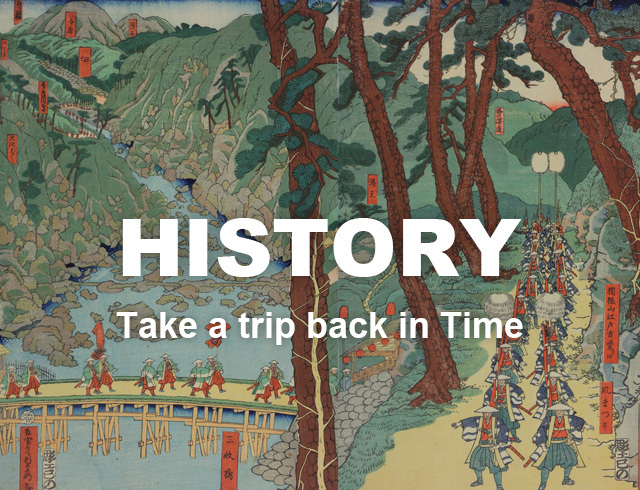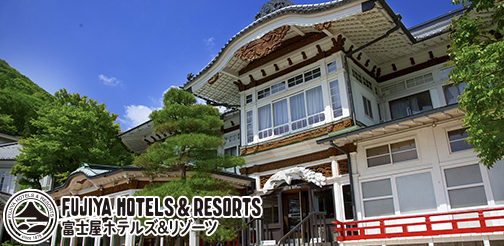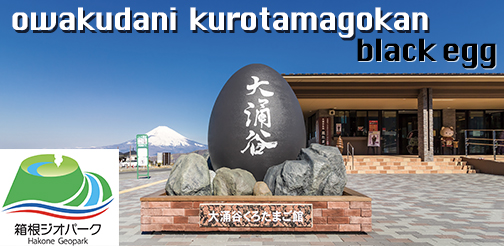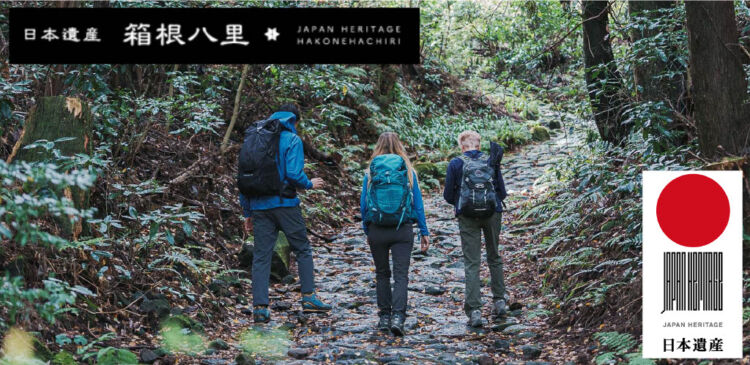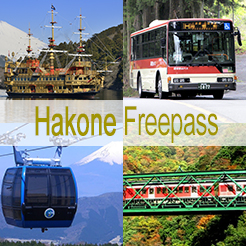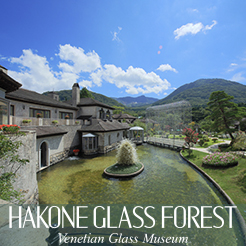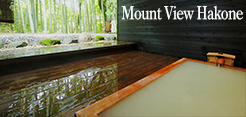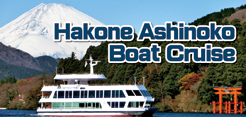For anyone making their way from Edo (present-day Tokyo) to Kyoto in the Edo period (1603–1867), one of the most treacherous parts of the long journey along the Tokaido highway was the mountain pass of Hakone. The samurai-led Tokugawa government that ruled Japan had established this highway between the two cities, routing it over the mountains of Hakone, and positioning there a barrier where travelers were required to submit to strict inspections. The Hakone Checkpoint regulated the flow of people and weapons into and out of Edo. Almost all traffic along the highway was on foot in the Edo period, and after climbing up the steep hill from the coast, still some distance from the checkpoint, many travelers were exhausted. That made for a business opportunity, and in the years following the establishment of Hakone Checkpoint in 1619, four teahouses sprung up in the Oidaira area, in between the post towns of Hakone and Hatajuku to the west. In addition to selling tea, amazake (a sweet, fermented rice drink), and light meals, the teahouses served as bases for porters and horse stables offering their services to travelers.
Amazake Chaya
While the other teahouses have long since closed, mainly due to the late nineteenth-century opening of what is now National Route 1 dramatically reducing traffic along the Tokaido, Amazake Chaya remains in business today. Originally located on the other side of the highway, its thatched-roof building was reconstructed in 2009 using old materials and offers a glimpse into life in the time of the samurai. Sitting by an open fire, you can enjoy a cup of amazake as travelers in the Edo period did, admire the artifacts of Edo-period travel hanging from the ceiling, and imagine some of the conversations that might have taken place here.
Old Cobblestone Road
Behind Amazake Chaya, in the direction of Hatajuku, you will find a stretch of the old Tokaido highway. Before the Tokugawa shogunate paved it with stone in 1680, this was a dirt path, which was often reduced to a muddy mire in the wet Hakone climate. That considered, the laying of stones was a significant undertaking done with great care, as evidenced by the sturdy parts of the 340-year-old road that remain today.
This English-language text was created by the Japan Tourism Agency.

